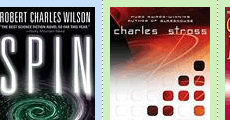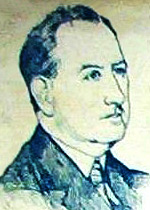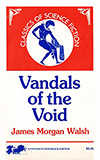J.M. Walsh
| Full Name: | James Morgan Walsh |
| Born: | February 23, 1897 Geelong, Colony of Victoria, British Empire |
| Died: | August 29, 1952 Weston-super-Mare, Somerset, England, UK |
| Occupation: | Writer, |
| Nationality: | Australian |
| Links: |
|
Biography
James Morgan Walsh (1897-1952), author, was born on 23 February 1897 at Geelong, Victoria, son of Thomas Patrick Walsh, accountant, and his wife Kate, née Morgan, both Australian born. James went to local Catholic schools and then to Xavier College, Melbourne, leaving in 1912 to work in his father's stock and station business. He later said that it was from a clerk's stool at Geelong that he launched himself as a writer. His first short story was published in 1913, his first novel, Tap Tap Island, illustrated by Percy Lindsay, in 1921.
The Walsh family moved to Melbourne in 1922. Encouraged by the success of The Lost Valley (1921), James became a full-time writer in 1923. On 1 January 1925 at St Joseph's Catholic Church, Port Melbourne, he married Louisa Mary Murphy. That year they settled in London where they were friendly with Roy Bridges and his circle. James and Louisa revisited Australia in 1927-29.
One of Australia's most prolific authors, Walsh produced fifty-eight novels under his own name. As 'H. Haverstock Hill' he produced five crime adventures of the Pacific islands, in the genre of Louis Becke and Beatrice Grimshaw. Three others were written under the pseudonym 'Jack Carew'. References to him as 'the Australian Oppenheim' and 'the Australian Edgar Wallace' indicate both his popular status and the range he covered. He produced international spy sagas like E. Phillips Oppenheim and tales of urban crime like Wallace, as well as straight adventure yarns and a huge number of short stories: he reported that in 1929 he had thirty accepted by magazines. His work was translated into many languages.
Much of Walsh's output was produced for the London thriller mills and has little Australian interest: he rewrote The White Mask (1925) from an Australian to an English setting to achieve publication in London. The Lost Valley is set in Victoria's Western District, and two of his later titles, The Man Behind the Curtain and The League of Missing Men (both published 1927), are formal mysteries set in Australia. The latter in particular is a novel of some impact, mixing as it does the familiarities of detection and romance with some more searching speculations about identity, business practices and, ultimately, the limits to policing in the modern state. Here at least Walsh fulfilled his aspiration to be 'the author of one good psychological novel'.
A prodigious reader from childhood, Walsh was a dedicated and by no means undignified writer of good-quality, popular material. Dark haired, strong featured and distinctly Celtic in appearance, he was seen by 'Little Malop' of the Melbourne Age as being 'as mild a man as ever cut a throat on paper'. From 1938 Walsh lived at Weston-super-Mare, Somerset. Survived by his wife, son and daughter, he died there on 29 August 1952.
Works in the WWEnd Database
|
|
|
|
|
|||||||||||||||














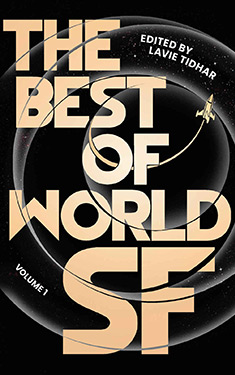
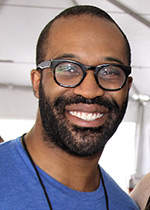



 Full Details
Full Details

